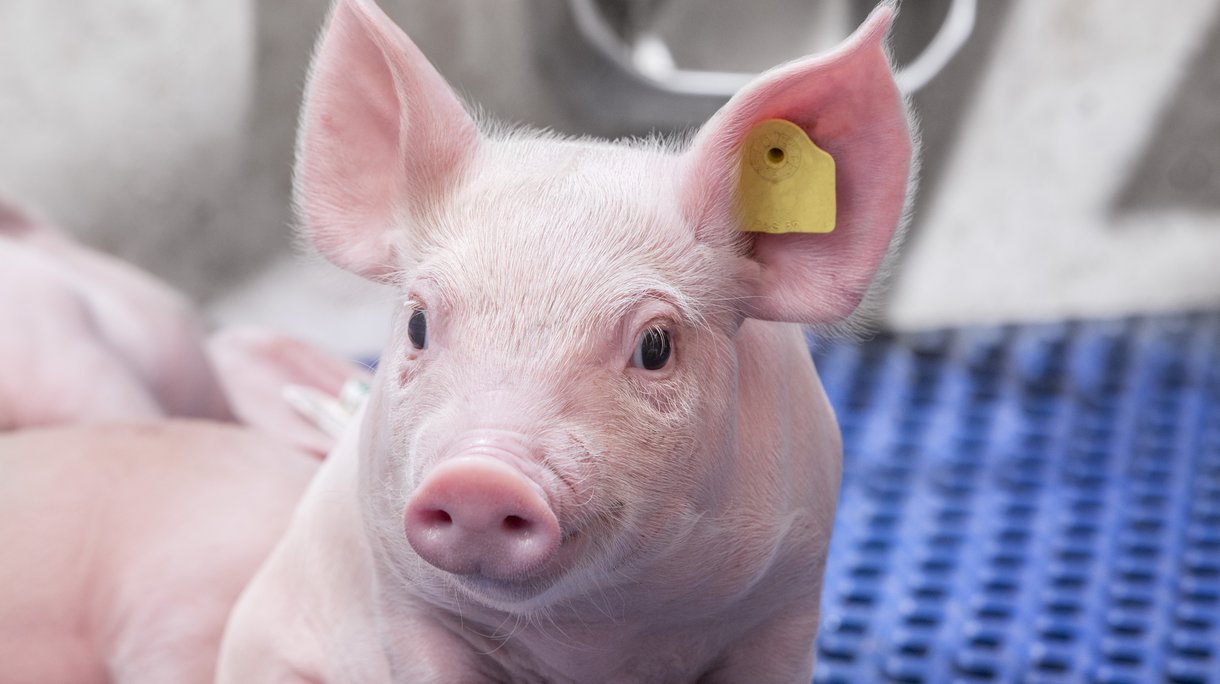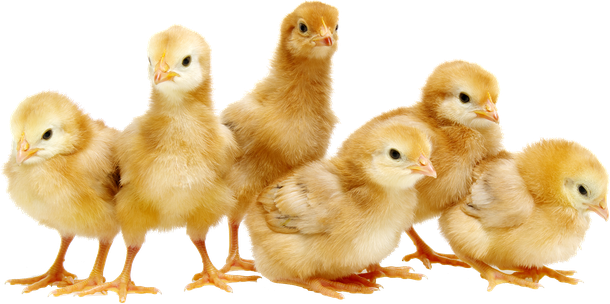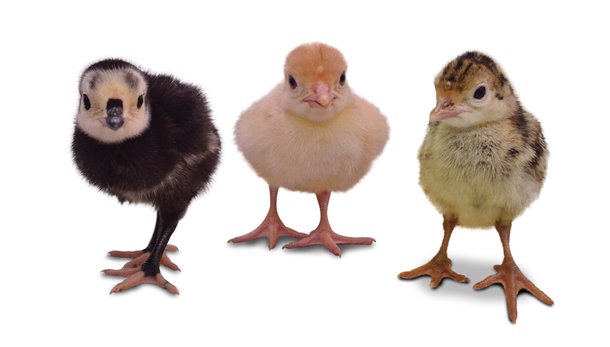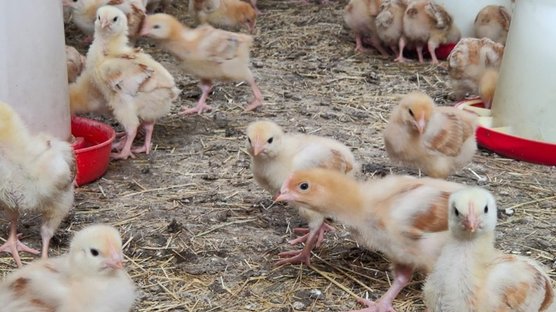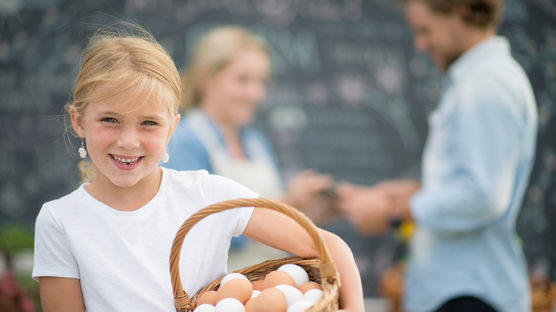
Published on Dec. 14, 2020
Everything improves with more resilient animals
Resilient animals have the ability to adapt to sudden changes, while also, overcoming disbalance and disease. Every craftsman will tell you: ‘When equipped with the right tools, a task is handled easier’. Resilient animals are equipped naturally with the best genes. No gene editing or modification is needed to breed for better resilience.
We select on new characteristics from the available results that are already imprinted in the animal’s genes we have in our stock. By choosing the best performing and most balanced animals each generation again and again, resilience is a key competitive advantage. Hendrix Genetics animals are equipped with the right tools. Tools that mother nature offers. Let’s be honest, disruptions are bound to happen. With animals that can withstand different disruptions better, producers will be better off, consumers will be well fed and our planet will be supported.
Take a sustainable approach on animal breeding together with us. We all want strong and healthy animals that show their maximum potential and are breeding animals based on our balanced breeding philosophy. Do you wonder what can be expected from resilient animals? Today, we highlight resilience and what you can expect from our champions
Resilient animals, the benefits
Resilient animals withstand disruptions better and are needed to ensure we can feed the growing world population. There are many ways to describe the benefits of resilient animals. We set the standard for sustainable animal breeding with our strong focus on resilience. Looking at multiple ways to positively influence economic, social, and environmental gains. Resilient animals are according to us a ‘win-win-win’.
Resilient animals are beneficial, due to:
Economic gains
- These animals are more equipped to survive in changing conditions.
- They continue to produce, even when faced with lower quality standards.
- Resilient animals save money, being less dependent on human care takers, treatments, and other extras.
- They need fewer resources with each new generation as their productivity is not affected.
Social solutions
- Resilient animals take care of themselves and their offspring.
- They show their maximum potential best to feed the growing world population.
- These animals are easier to handle, which is positive for farm laborers that are not easy to find.
Having a better environmental impact:
- They are being equipped to withstand disruptions better, improving survival rates.
- Resilient animals need fewer treatments with antibiotics which impacts the environment less.
- The animals need fewer resources to grow and produce.
- They lower their environmental impact with each new generation to come.
As you may have already noticed, resilient animals and their many benefits are intertwined. Hendrix Genetics is pursuing ‘sustainable animal breeding’. Let’s dive deeper into some linked aspects.
Resilient animals keep growing or remain productive
Even when the perfect standard is not always met, resilient animals will always perform better in their environment. Their ability to keep growing and take care of themselves is what will ensure a better throughput and output for the entire protein chain. Because challenges will be presented over time: temperature will rise and drop, feed quality goes up or down, staff will change. These situations do cause stress. Choosing traits that will make animals better equipped to withstand changes and disruptions, will ensure a better outcome on economic, social, and environmental factors.
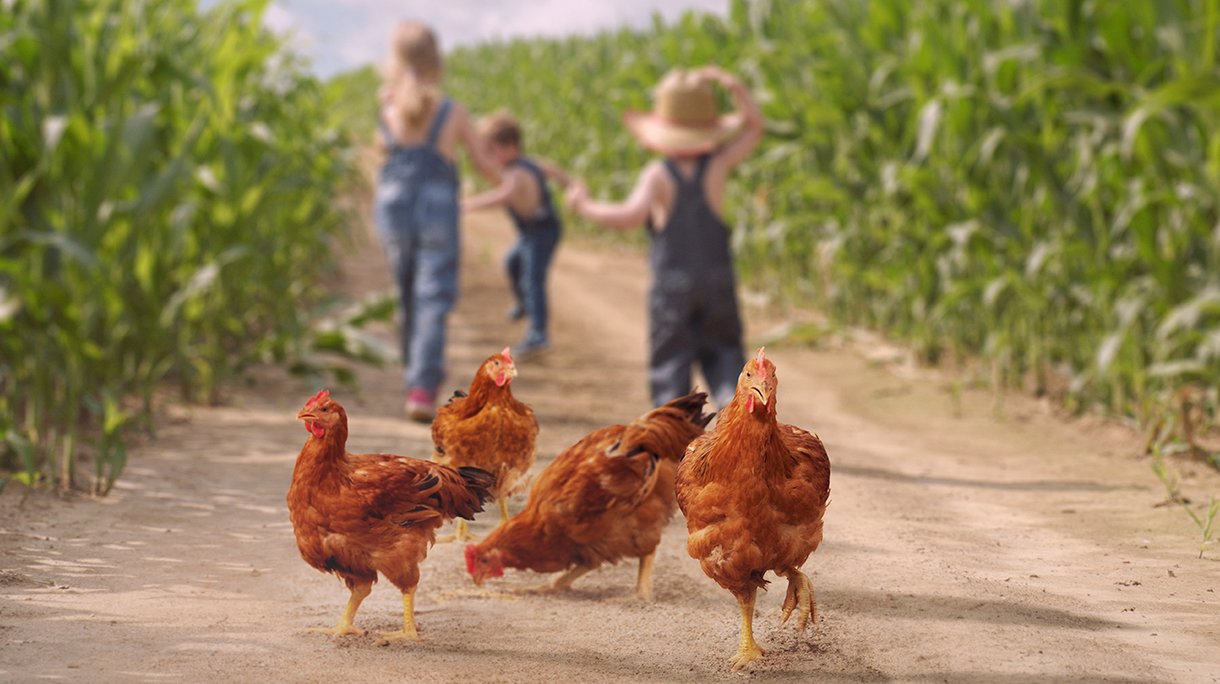
Resilient animals are cost-efficient
Looking at the economic side, resilient animals will save money and show their true potential better, delivering more output. Animals never take a day off. When less interference from people is needed, the throughput within the entire chain goes faster and smoother. One of the ways to ensure we are supporting the global food challenge with high-quality animal genetics, while bringing down labor costs. It also saves costs in eliminating extra feed additions, treatments, and the removal of dead animals. Animals should be able to naturally take care of themselves and their own offspring. We want animals to have a happy, healthy and productive life. Not needing to care for foster mothers, smaller animals that need to catch up, treatments, and other things that delay the production cycle or decline the maximum total system profitability. When you breed for balance, there is no need for extremes, we can all reap the benefits.
Survive harsh conditions and battle diseases
Viruses remain a hot topic worldwide. We hear people questioning what to do and what works best. Any type of disease disruption is a fact of life, but even so, they can be a big loss for those involved. What can we do to manage disease disruptions better? Prevention is the first line of defense!
Read all about the first line of defense: Biosecurity here.

No prevention method however is 100% effective. Thus, the second line of defense is obtaining high-quality animal genetics, so you are sure you have animals that are bred to withstand disruptions better. The basic question is: “In which direction to breed?” Hendrix Genetics has one of the biggest multi-species breeder teams in the world. All these experts help our species carefully to the top. We use breeding values, which incorporates the results of the generations before, the information gathered from their DNA, and the phenotypical data that is shown in barns. Similar to any other breeding company that uses breeding values. While choosing the best of the best to be parents, their offspring is on average better equipped than the one before. The difference is the breeding pressure for certain traits. Some companies focus on only a couple of factors, like growth or productivity. We focus on balanced breeding to support the globe with high-quality animal genetics. Making sure the animals are strong, healthy, and have a productive life.
Innovative systems highlighted
Resilient animals make group housing, free-range systems, and innovative housing concepts a win-win-win. Less reliant animals will save you money due to fewer labor costs. They need fewer resources and can cope with living together in a more natural environment more easily. Making their natural behavior a benefit instead of a challenge.

Environmental challenges
We test our animals in different environments, in sentinel groups, together with clients, on satellite nuclei, and with independent trials. No strain or animal can withstand ‘all’ disruptions equally. With our R&D efforts overseeing multi-species, we gain synergy and ensure the best standards there are today. Progressing on 1% each new generation. With our breeding programs, different genetic brands, and expert teams we focus on ‘glocal’ solutions. Globally developed but locally adapted. Creating the best outcome for your challenges. As each area has its own battles. With our outlook on sustainable animal breeding, we set standards and provide high-quality animal genetics to support the global food challenge. With resilient animals, we can support the global food challenge together.


